Dynamic Error Compensation Control of Direct-Driven Servo Electric Cylinder Terminal Positioning System
Abstract
1. Introduction
2. Dynamical Model
2.1. Dynamical Error Model of Parallel Motion Platform
2.1.1. Dynamics of Parallel Motion Platform
2.1.2. Kinematics and Error Model of the Actuator
2.2. Dynamical Error Model of DDSEC-TPS
2.2.1. Dynamic Equation of PMSM Power Driver
2.2.2. Dynamic Equation of Mechanical Feed Drive
2.3. Dynamic Equation of Sevo Electric Cylinder
2.4. Dynamic Error Model of DDSEC-TPS
3. Dynamic Error Analysis of Rigid–Flexible Deformation of DDSEC-TPS
3.1. Contact Deformation Error of Nut–Ball Raceway Surface
3.2. Axial Tension and Compression Deformation Error of the Lead Screw
3.3. Axial Tension and Compression Deformation Error of Piston Rod
3.4. Deformation Error of Fixed-End Bearing Group
3.5. Torsion Deformation Error of Ball Screw
3.6. Total Dynamic Error of Rigid–Flexible Deformation
4. Dynamic Error Compensation Control of DDSEC-TPS
4.1. Dynamic Error Observation of DDSEC-TPS Based on IBAS-BPNN
4.1.1. BP Neural Network of DDSEC-TPS
4.1.2. IBAS-BPNN Algorithm
4.1.3. Loss Function
4.2. Error Compensation Control of DDSEC-TPS
5. Experimental Test of Dynamic Error Compensation of DDSEC-TPS
5.1. Experimental Platform of DDSEC-TPS
5.2. Experimental Test of Dynamic Error Compensation Control of DDSEC-TPS Corresponding to Rated Load, Variable Tilting Angle, and Feed Displacement
5.2.1. Dynamic Error Observation of the Prediction Model Driven by Opposite Datasets
5.2.2. Dynamic Error Observation of Prediction Model Driven by the Mixed Data
5.2.3. Evaluation of Dynamic Error Observation
5.2.4. Terminal Positioning Tracking Performance of Dynamic Error Compensation Control
5.3. Pose Performance of Parallel Motion Platform After Dynamic Error Compensation
6. Conclusions
- (1)
- Based on the theoretical analysis of the kinematics, dynamics, and pose errors of the parallel motion platform used in the dynamic simulation, it can be concluded that the pose errors of the parallel motion platform and DDSEC-TPS dynamic errors have an intrinsic correlation mapping relationship.
- (2)
- According to the cascaded coupling structure of the moving-link DDSEC-TPS, a dynamic error model of the DDSEC-TPS based on the rotor magnetic field orientation was established, and the dynamic errors of the rigid–flexible deformations of the mechanical transmission components were analyzed under the operating conditions of intermittent, reciprocating, and time-varying loads. The high-order, nonlinear, and multi-mode dynamic characteristics, as well as the dynamic error variation characteristic of rigid–flexible deformation, are shown.
- (3)
- A dynamic error observer for the DDSEC-TPS was established using the IBAS-BPNN prediction model to realize dynamic error compensation control. Under the conditions of rated load and different inclination angles, the IBAS-BPNN prediction model of length and length error was trained and verified using opposite and mixed datasets tested by the experimental platform, which helped effectively demonstrate the dynamic error and optimize the dynamic error observation model. The experimental results show that the maximum dynamic error can be reduced by 1.35 mm under the conditions of rated load and different tilt angles. that corresponding to the given length of the DDSEC-TPS of group 2, the parallel motion platform can minimize the pose errors to 0.017071 mm and 0.0000313°. The results further show that dynamic error compensation can improve the accuracy of the DDSEC-TPSs and the pose performance of the parallel motion platform.
- (4)
- Further studies should focus on the accuracy and consistency of the position and posture motion of the parallel motion platform and improve the fidelity of the dynamic simulation of the motion effects.
Author Contributions
Funding
Data Availability Statement
Acknowledgments
Conflicts of Interest
References
- Miletović, I.; Pool, D.M.; Stroosma, O.; Van Paassen, M.M.; Chu, Q.P. Improved Stewart platform state estimation using inertial and actuator position measurements. Control Eng. Pract. 2017, 62, 102–115. [Google Scholar] [CrossRef][Green Version]
- Meng, Q.; Zhang, T.; He, J.; Song, J.; Chen, X. Improved model-based control of a six-degree-of-freedom Stewart platform driven by permanent magnet synchronous motors. Ind. Robot. 2012, 39, 47–56. [Google Scholar] [CrossRef]
- Becerra, V.M.; Belo, E.M. Dynamic Modeling of a Six Degree-of-Freedom Flight Simulator Motion Base. J. Comput. Nonlinear Dynam. 2015, 10, 193–204. [Google Scholar]
- Lee, S.M.; Xia, K.W.; Son, H.S. Robust Tracking Control of Spherical Motion Platform for Virtual Reality. IEEE Trans. Ind. Electron. 2021, 68, 892–901. [Google Scholar] [CrossRef]
- Wang, S.M.; Ehmann, K.F. Error Model and Accuracy Analysis of a Six-DOF Stewart Platform. J. Manuf. Sci. Eng. 2002, 124, 286–295. [Google Scholar] [CrossRef]
- Song, Y.B.; Tian, W.J.; Tian, Y.L.; Liu, X. Calibration of a Stewart platform by designing a robust joint compensator with artificial neural network. Precis. Eng. 2022, 77, 375–384. [Google Scholar] [CrossRef]
- Gonzalez, M.; Kacete, A.; Murienne, A.; Marchand, E. Light 6 DoF Network for robust and precise object pose estimation with small datasets. IEEE Robot. Autom. Lett. 2021, 6, 2914–2921. [Google Scholar] [CrossRef]
- Liu, T.M.; Shao, J.M.; Gao, J.Z.; Zhang, L.X. Servo system design of direct-drive aerospace linear electro-mechanical actuator. Proc. ITNEC 2016, 2016, 576–580. [Google Scholar]
- Deng, C.; Xie, S.Q.; Wu, J.; Shao, X.Y. Position error compensation of semi-closed loop servo system using support vector regression and fuzzy PID control. INT J. Adv. Manuf. Technol. 2014, 71, 887–898. [Google Scholar] [CrossRef]
- Liu, Y.G.; Gao, X.H.; Yang, X.W. Research of Control Strategy in the Large Electric Cylinder Position Servo System. Math. Probl. Eng. 2015, 2015, 167628. [Google Scholar] [CrossRef][Green Version]
- Li, D.Y.; Wang, J.Z. Nonsingular Fast Terminal Sliding Mode Control with Extended State Observer and Disturbance Compensation for Position Tracking of Electric Cylinder. Math. Probl. Eng. 2018, 2018, 1–12. [Google Scholar] [CrossRef]
- Henke, B.; Sawodny, O.; Neumann, R. Distributed Parameter Modeling of Flexible Ball Screw Drives Using Ritz Series Discretization. IEEE/ASME Trans. Mechatron. 2015, 20, 1226–1235. [Google Scholar] [CrossRef]
- Li, J.; Xie, F.G.; Liu, X.J.; Liu, D.W.; Li, F.H.; Jiang, Z. Dynamic Modeling of a Linear Feed Axis Considering the Characteristics of the Electro-mechanical and Rigid-flexible Coupling. J. Mech. Eng. 2017, 53, 60–69. [Google Scholar] [CrossRef]
- Kamalzadeh, A.; Gordon, D.J.; Erkorkmaz, K. Robust compensation of elastic deformations in ball screw drives. Int. J. Mach. Tools Manuf. 2010, 50, 559–574. [Google Scholar] [CrossRef]
- Guo, C.; Chen, L.P.; Ding, J.W. A novel dynamics model of ball-screw feed drives based on theoretical derivations and deep learning. Mech. Mach. Theroy 2019, 141, 196–212. [Google Scholar] [CrossRef]
- Xiang, H.B.; Wang, S.J.; Zhang, C.Q.; Li, X.F.; Liu, J. Compensation of Friction and Elastic Deformation for Ball Screw Drive System. In Proceedings of the 2015 IEEE International Conference on Mechatronics and Automation (ICMA), Beijing, China, 2–5 August 2015; Volume 2015, pp. 1031–1035. [Google Scholar]
- Dumanli, A.; Sencer, B. Data-driven iterative trajectory shaping for precision control of flexible feed drives. IEEE/ASME Trans. Mechatron. 2021, 26, 2735–2746. [Google Scholar] [CrossRef]
- Zhu, H.Z.; Fujimoto, H. Mechanical Deformation Analysis and High-Precision Control for Ball-Screw-Driven Stages. IEEE/ASME Trans. Mechatron. 2015, 20, 956–966. [Google Scholar] [CrossRef]
- Boyer, F.; Gotelli, A.; Tempel, P.; Lebastard, V.; Renda, F.; Briot, S. Implicit time integration simulation of robots with rigid bodies and Cosserat rods based on a Newton-Euler recursive algorithm. IEEE Trans. Robot. 2024, 40, 677–696. [Google Scholar] [CrossRef]
- Zhai, F.G.; Yin, Y.B.; Li, C.; Tian, W.; Qiao, Z. Stiffness modeling and feedforward control of servo electric cylinder drive system. J. Jilin Univ. (Eng. Technol. Ed.) 2021, 51, 443–449. [Google Scholar]
- Yang, M.; Ni, Q.; Liu, X.; Xu, D. Vibration Suppression and Over-Quadrant Error Mitigation Methods for a Ball-Screw Driven Servo System with Dual-Position Feedback. IEEE Access 2020, 8, 213758–213771. [Google Scholar] [CrossRef]
- Fujimoto, H.; Takemura, T. High-Precision Control of Ball-Screw-Driven Stage Based on Repetitive Control Using -Times Learning Filter. IEEE Trans. Ind. Electron. 2014, 61, 3694–3703. [Google Scholar] [CrossRef]
- Shirvani, H.K.; Hosseinkhani, Y.; Erkorkmaz, K. Suppression of Harmonic Positioning Errors in Ball-Screw Drives using Adaptive Feedforward Cancellation. Precis. Eng. 2021, 68, 235–255. [Google Scholar] [CrossRef]
- Vicente, D.A.; Hecker, R.L.; Villegas, F.J.; Flores, G.M. Modeling and vibration mode analysis of a ball screw drive. Int. J. Adv. Manuf. Technol. 2012, 58, 257–265. [Google Scholar] [CrossRef]
- Wang, G.; Zhan, H.; Zhang, G.; Gui, X.; Xu, D. Adaptive Compensation Method of Position Estimation Harmonic Error for EMF-Based Observer in Sensorless IPMSM Drives. IEEE Trans. Power Electron. 2014, 29, 3055–3064. [Google Scholar] [CrossRef]
- Zhang, C.Y.; Chen, Y.L. Tracking Control of Ball Screw Drives Using ADRC and Equivalent-Error-Model-Based Feedforward Control. IEEE Trans. Ind. Electron. 2016, 63, 7682–7692. [Google Scholar] [CrossRef]
- Kamalzadeh, A.; Erkorkmaz, K. Accurate tracking controller design for high-speed drives. Int. J. Mach. Tools Manuf. 2007, 47, 1393–1400. [Google Scholar] [CrossRef]
- Li, F.H.; Jiang, Y.; Li, T.M.; Ehmann, K.F. Compensation of Dynamic Mechanical Tracking Errors in Ball Screw Drives. Mechatronics 2018, 55, 27–37. [Google Scholar] [CrossRef]
- He, Z.Y.; Lian, B.B.; Li, Q.; Zhang, Y.; Song, Y.; Yang, Y.; Sun, T. An error identification and compensation method of a 6-DoF parallel kinematic machine. IEEE Access 2020, 8, 119038–119047. [Google Scholar] [CrossRef]
- Liu, Y.; Xu, L.; Zuo, L. Design, Modeling, Lab, and Field Tests of a Mechanical-Motion-Rectifier-Based Energy Harvester Using a Ball-Screw Mechanism. IEEE/ASME Trans. Mechatron. 2017, 22, 1933–1943. [Google Scholar] [CrossRef]
- Lv, Z.; Liu, P.; Ning, D.; Wang, S. Anti-Swaying Control Strategy of Ship-Mounted 3-RCU Parallel Platform Based on Dynamic Gravity Compensation. Machines 2024, 12, 209. [Google Scholar] [CrossRef]
- El-Sousy, F.F.M.; Amin, M.; Mohammed, O.A. High-Precision Adaptive Backstepping Optimal Control using RBFN for PMSM-Driven Linear Motion Stage. In Proceedings of the 2019 IEEE International Electric Machines & Drives Conference (IEMDC), San Diego, CA, USA, 12–15 May 2019; Volume 2019, pp. 1680–1687. [Google Scholar]
- Shen, H.; Zhou, H.; Jin, Y.; Li, L.; Deng, B.; Xu, J. Research on Pose Error Modeling and Compensation of Posture Adjustment Mechanism Based on WOA-RBF Neural Network. Machines 2024, 12, 782. [Google Scholar] [CrossRef]
- Li, Y.; Xue, Y.; Yang, F.; Cai, H.; Li, H. Comprehensive Compensation Method for Motion Trajectory Error of End-Effector of Cable-Driven Parallel Mechanism. Machines 2023, 11, 520. [Google Scholar] [CrossRef]
- Liu, J.; Chen, X. Adaptive control based on neural network and beetle antennae search algorithm for an active heave compensation system. Int. J. Control. Autom. Syst. 2022, 20, 515–525. [Google Scholar] [CrossRef]
- Zhou, Z.; Gao, J.; Zhang, L. Synchronization Control with Dynamics Compensation for Three-Axis Parallel Motion Platform. Actuators 2024, 13, 166. [Google Scholar] [CrossRef]
- Tang, G.; Lei, J.; Du, H.; Yao, B.; Zhu, W.; Hu, X. Proportional-integral-derivative controller optimization by particle swarm optimization and back propagation neural network for a parallel stabilized platform in marine operations. J. Ocean. Eng. Sci. 2025, 10, 1–10. [Google Scholar] [CrossRef]
- Zhao, M.; Wang, X.; Liu, L.; Tu, X.; Yang, Q. Optimization of PMSM for EV based on Vibration and Noise Suppression. Appl. Comput. Electrom. 2024, 39, 64–80. [Google Scholar] [CrossRef]
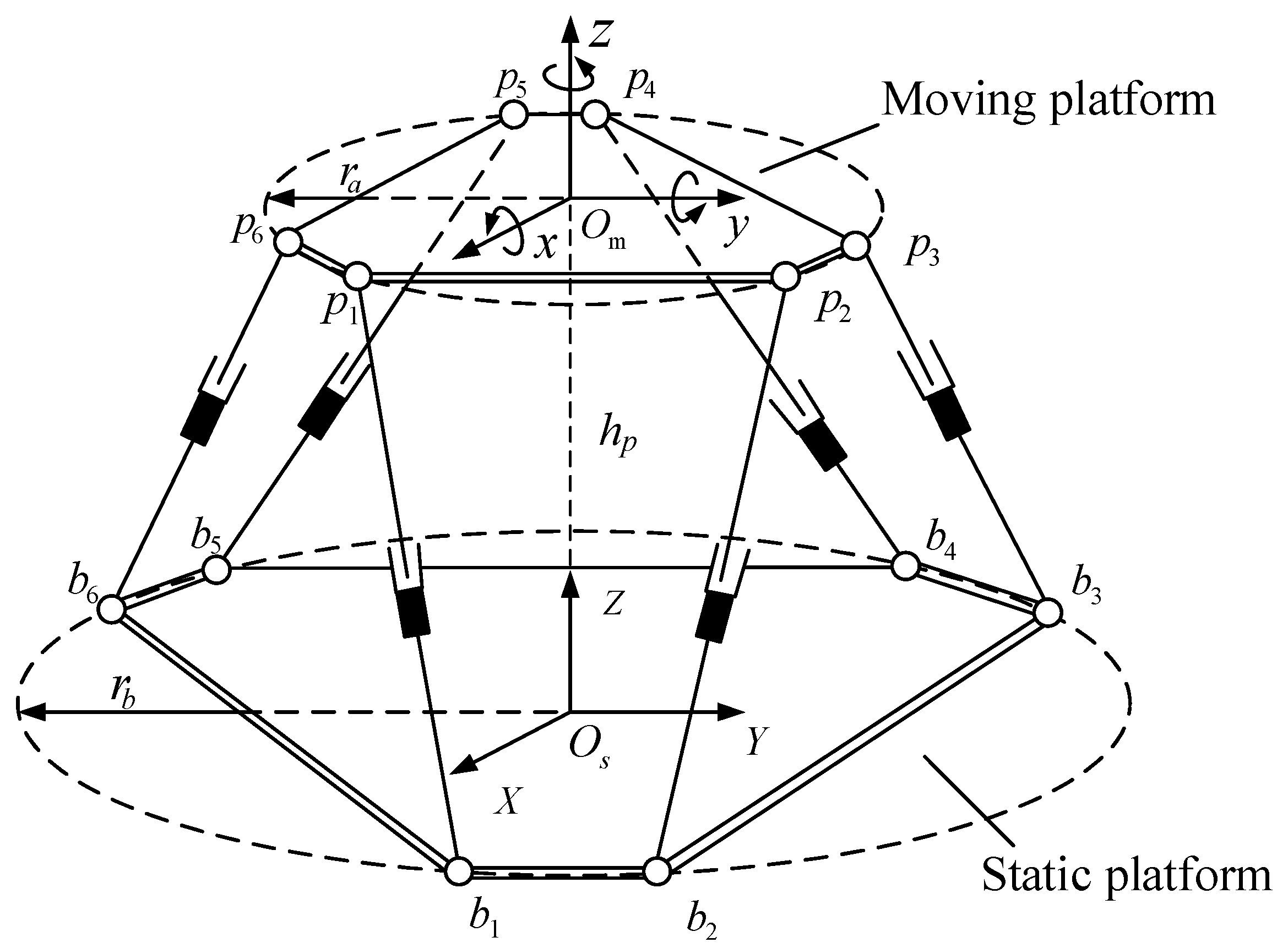

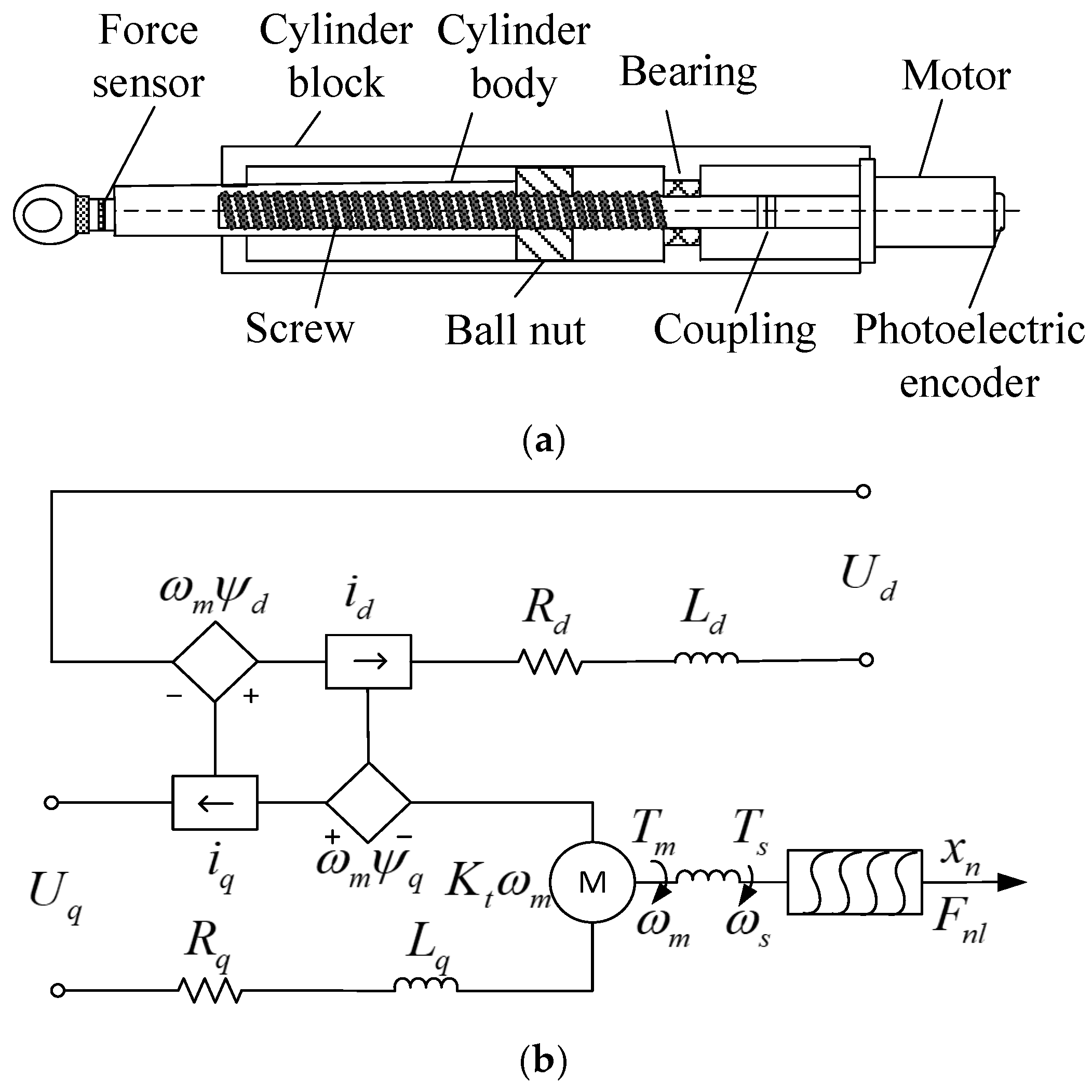
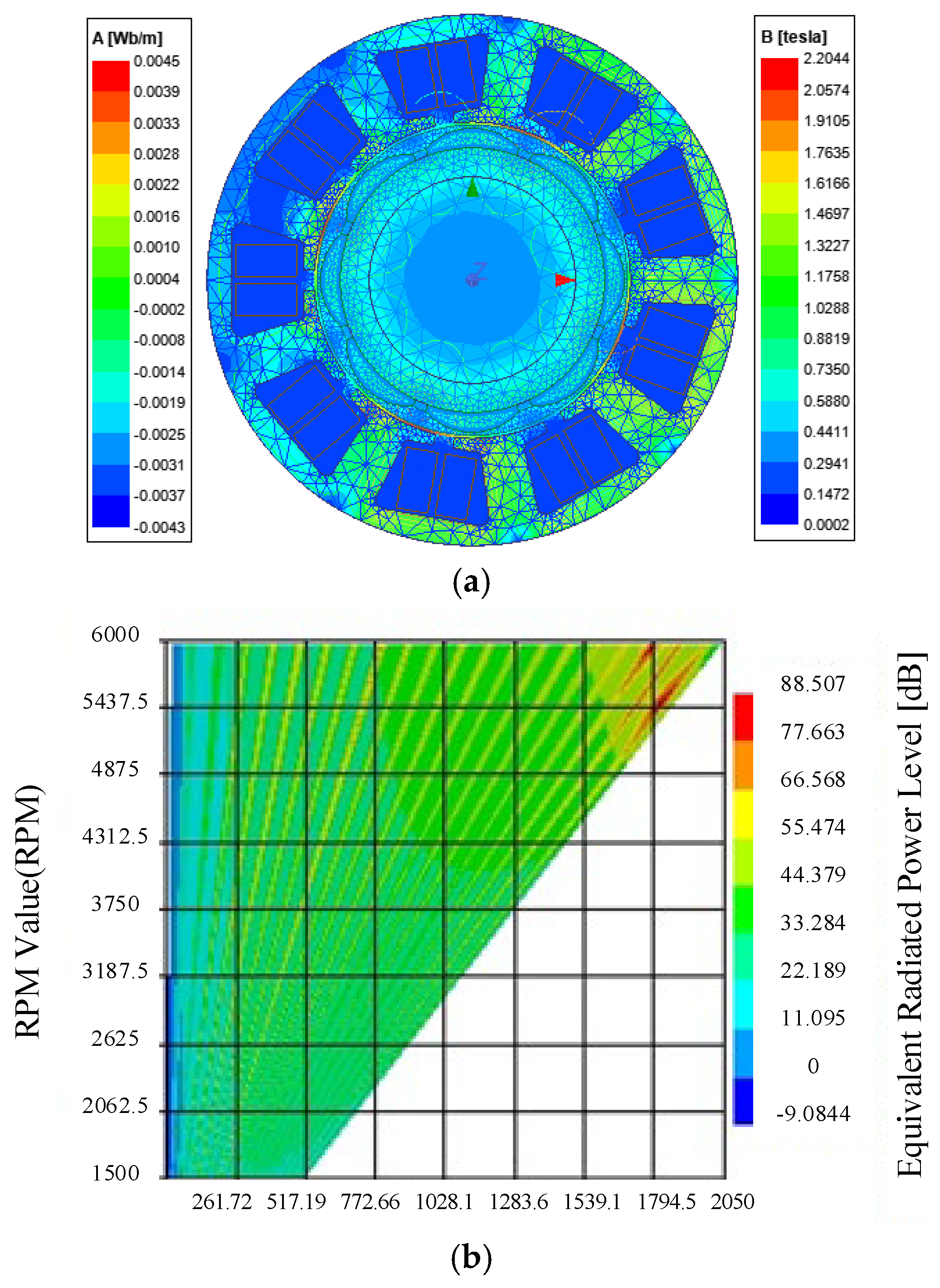
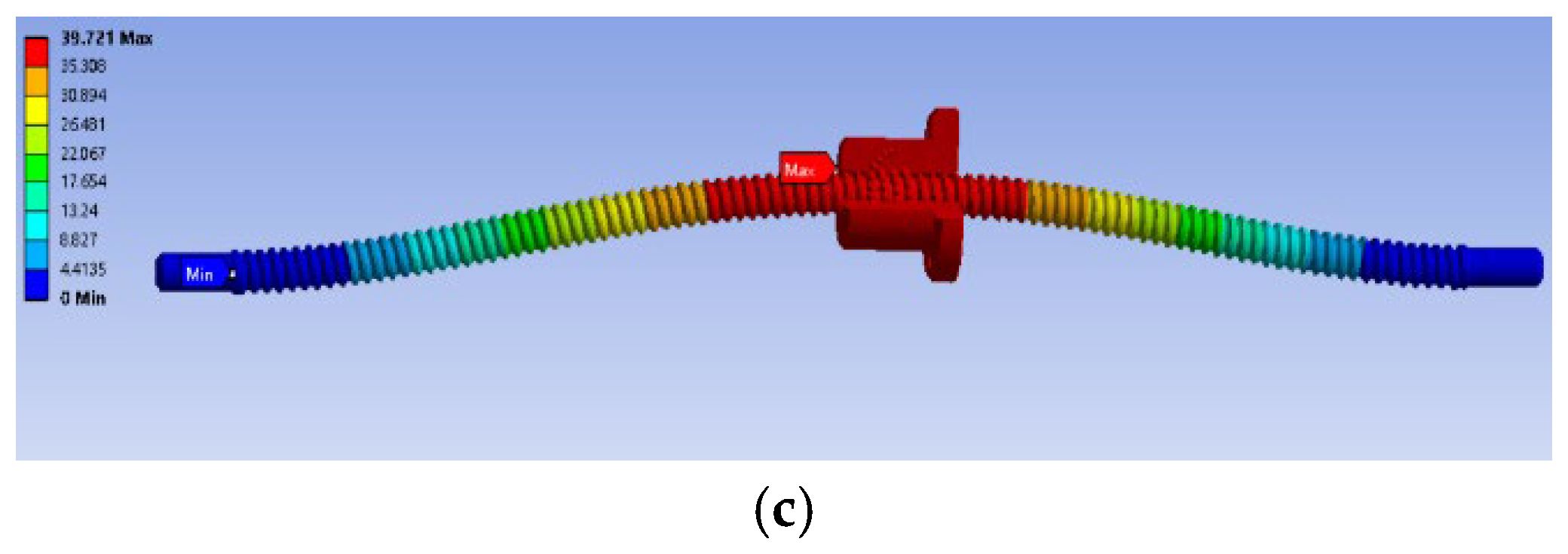
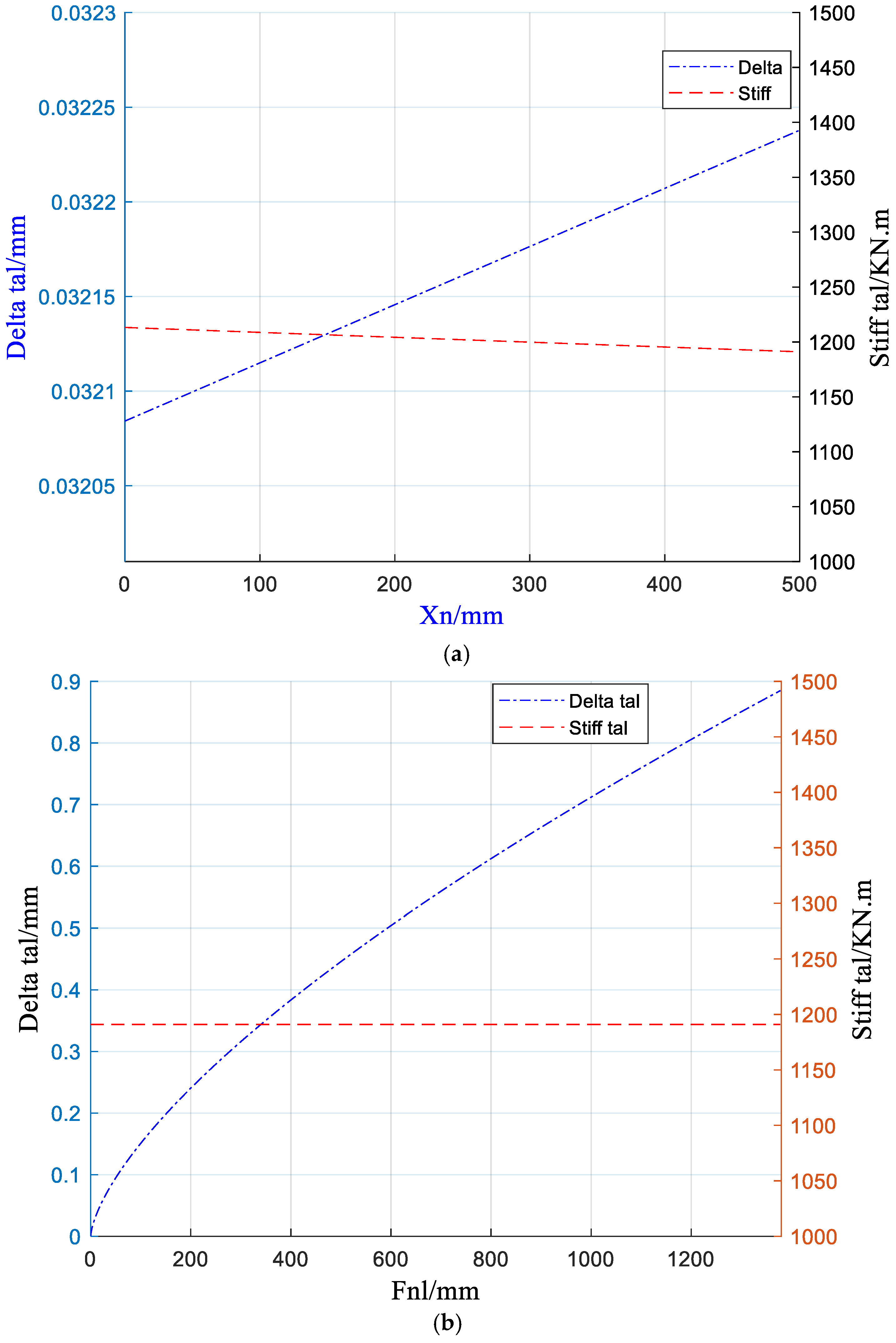
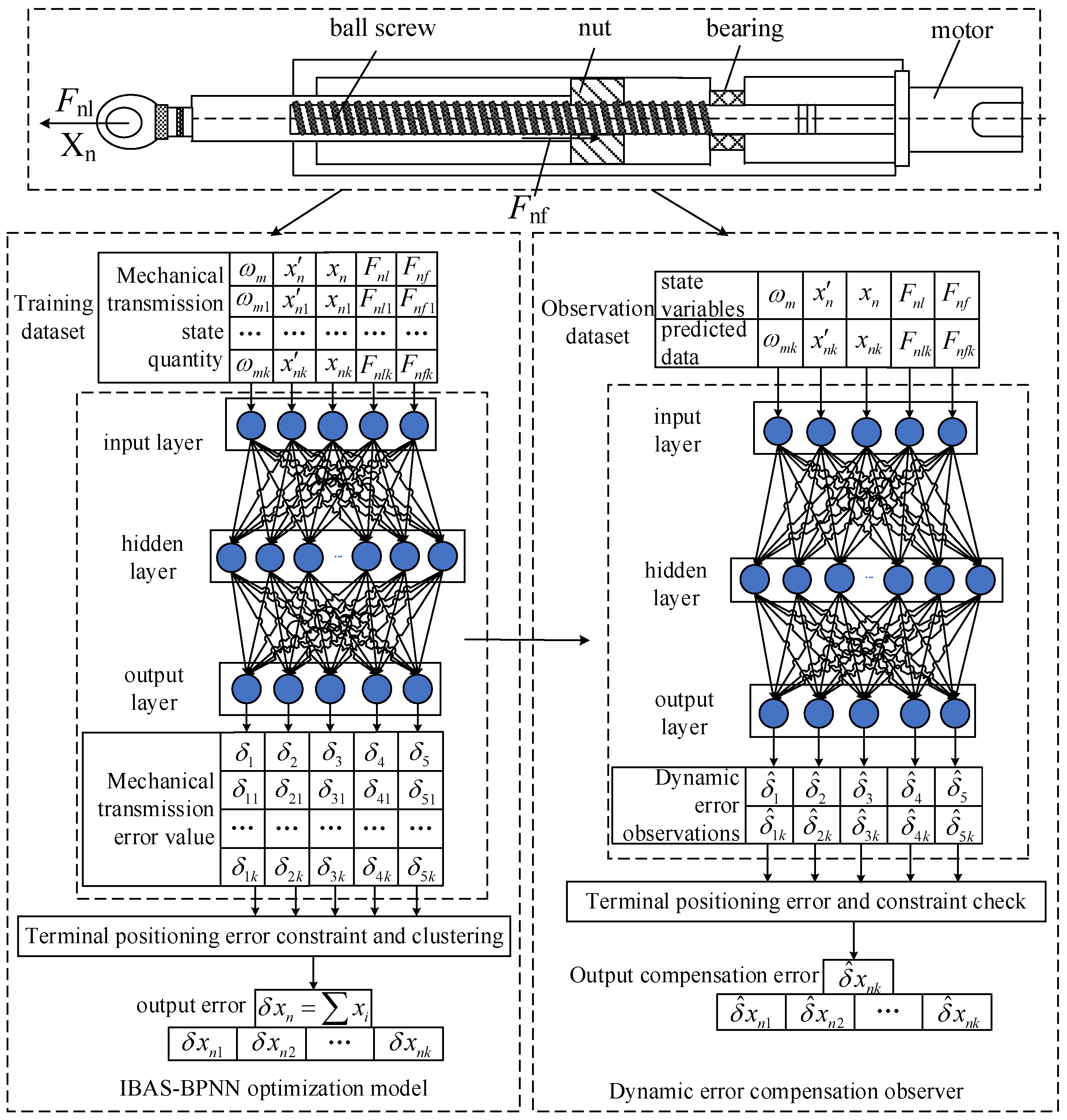

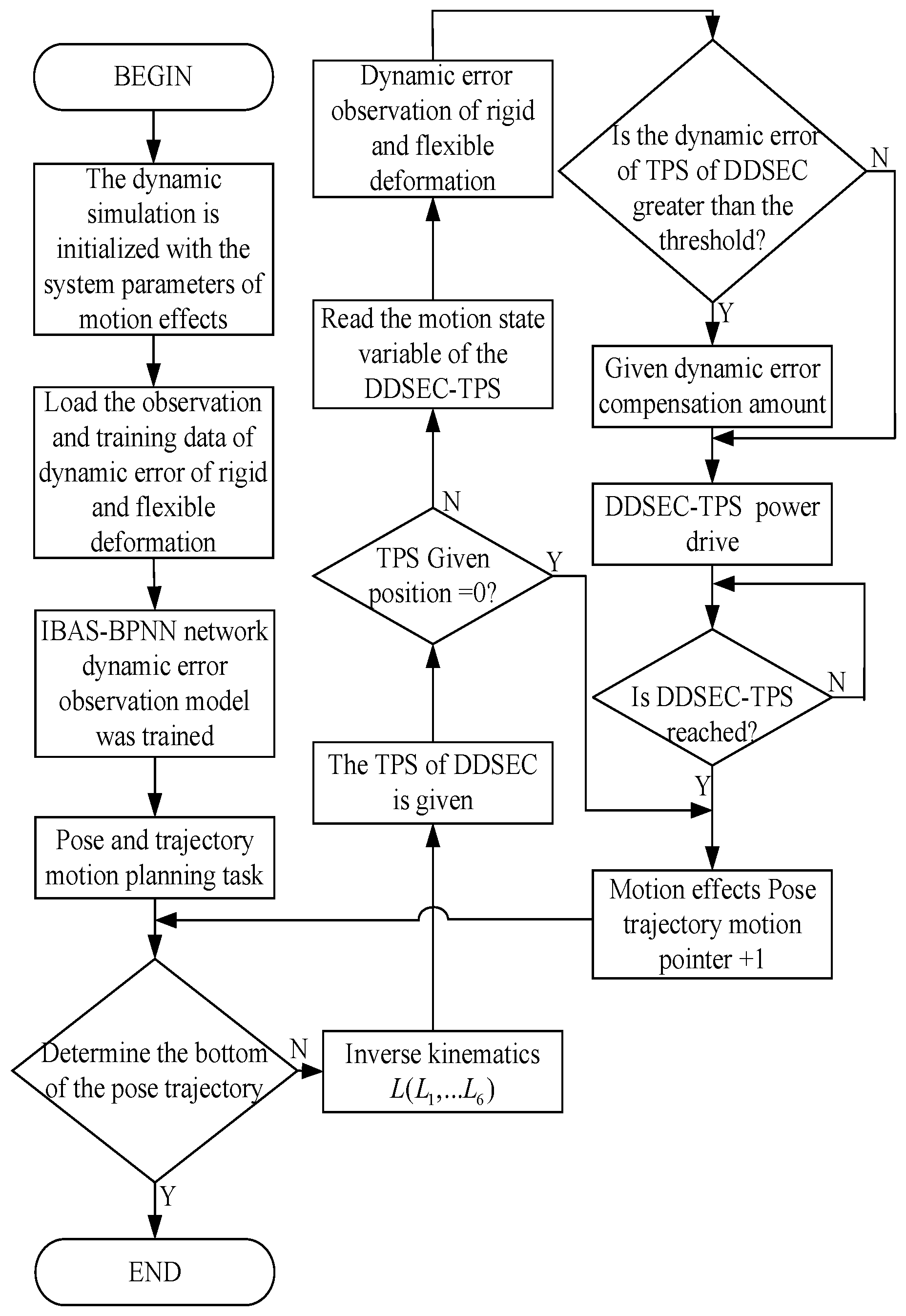

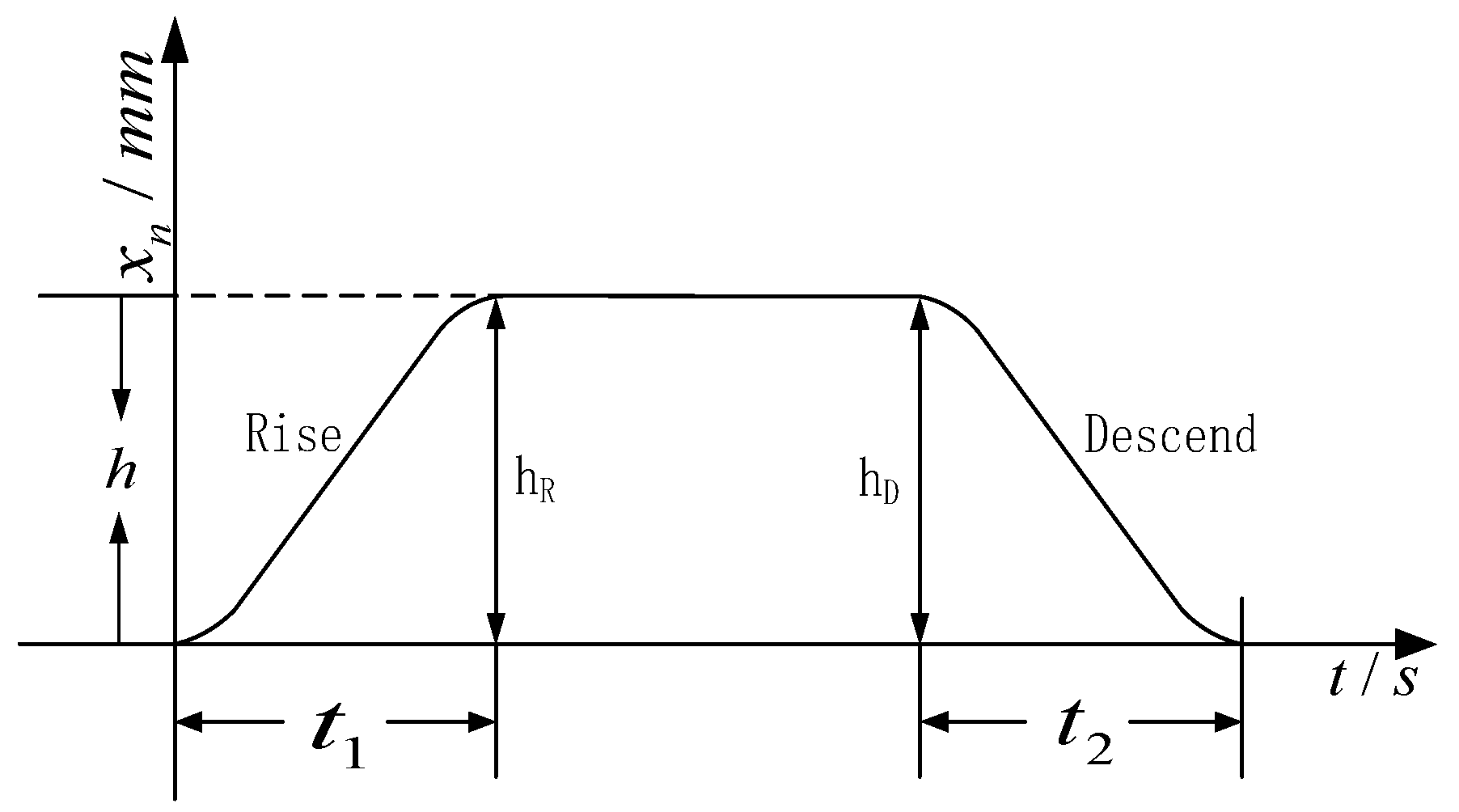
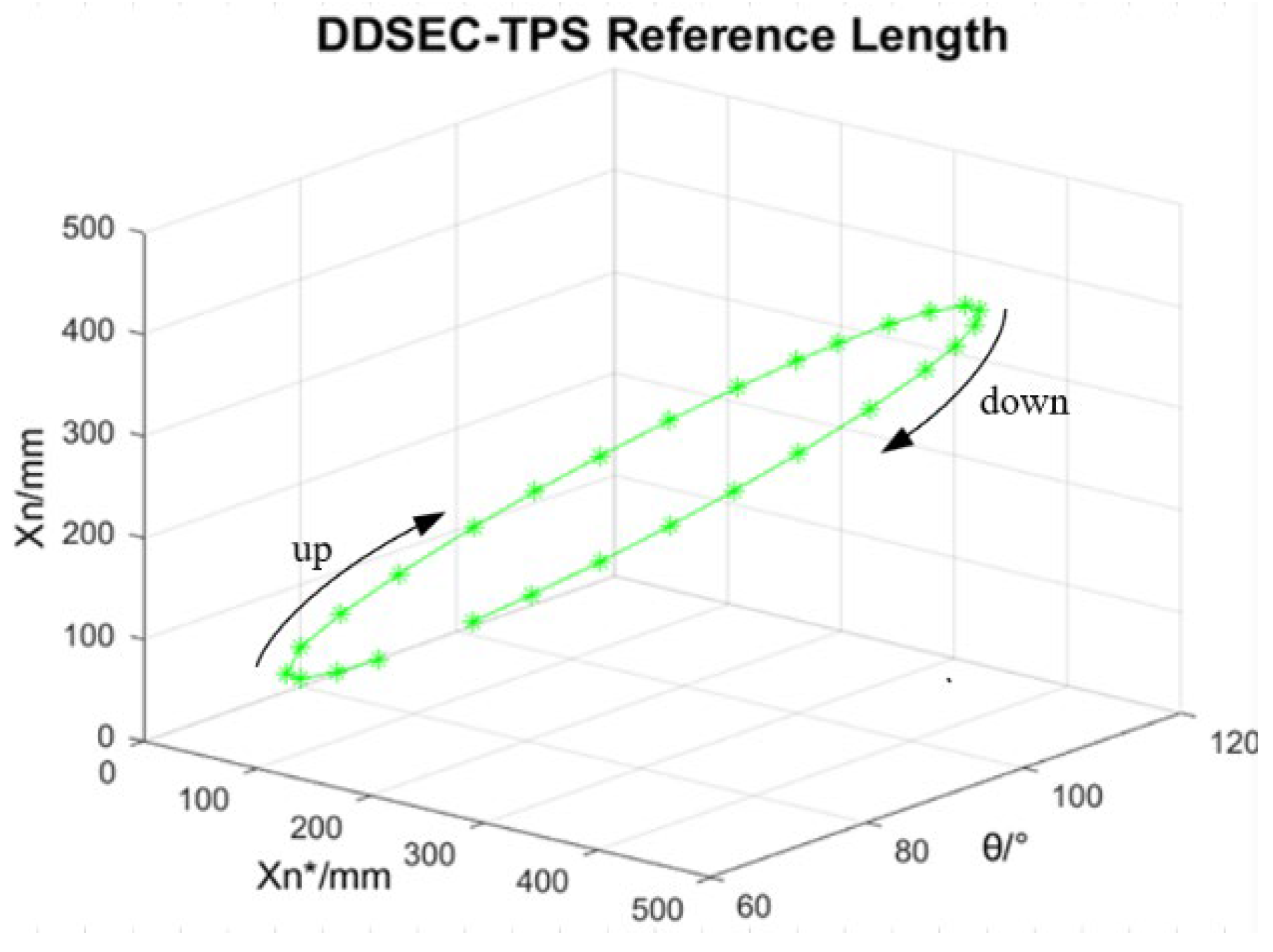
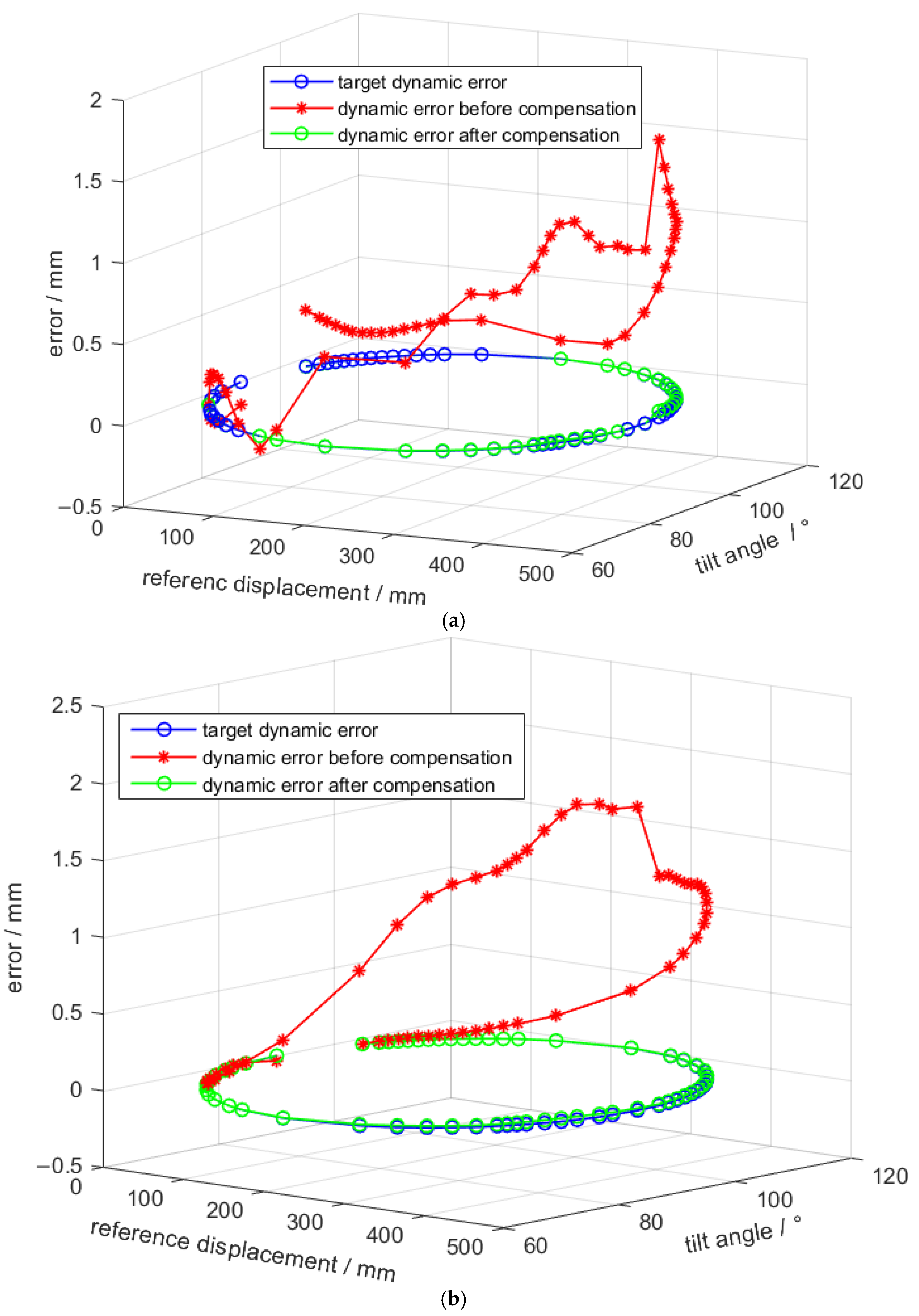



| Name | Symbols | Units | Value |
|---|---|---|---|
| Rated power | Pe | W | 400 |
| Rated speed | ne | rpm | 3000 |
| Rated velocity | Ve | mm/s | 250 |
| Rated thrust | Fnl | KN | 1.38 |
| Itinerary | Ln | mm | 500 |
| Helical pitch | Ls | mm | 5 |
| Types | Dataset and Observation Model | MSE | RMSE | MAPE |
|---|---|---|---|---|
| Before compensation | Opposite data, length model | 1.1765 | 1.0847 | 2.0187 |
| Mixed data, length model | 1.5351 | 1.2390 | 2.4307 | |
| Opposite data, error model | 1.1350 | 1.0654 | 1.9118 | |
| Mixed data, error model | 1.1102 | 1.0537 | 1.9184 | |
| After compensation | Opposite data, length model | 8.1594 × 10−5 | 0.0090329 | 1.6965 |
| Mixed data, length model | 0.00029716 | 0.017238 | 1.6990 | |
| Opposite data, error model | 7.6153 × 10−5 | 0.0087266 | 1.6964 | |
| Mixed data, error model | 7.6055 × 10−5 | 0.008721 | 1.696424 |
| Platform Parameters | Symbols | Units | Values |
|---|---|---|---|
| Moving platform radius | 0.325 | ||
| Static platform radius | 0.428 | ||
| Short side center angle of the top platform | 26.68 | ||
| Short side center angle of the bottom platform | 30.0 | ||
| Height between platforms | 596.0 | ||
| Initial leg length | 0.60 | ||
| Minimum leg length | 0.60 | ||
| Maximum leg length | 1.05 | ||
| Quality of the moving platform and load | 85.0 | ||
| Upper leg quality | 13.0 | ||
| Lower leg quality | 22.0 |
| Points Group | Symbols | Units | Given Length | Before Compensation | After Compensation |
|---|---|---|---|---|---|
| Set 1 | xn1 | mm | 646.3000 | 646.6351 | 646.3532 |
| xn2 | mm | 612.9000 | 613.1993 | 612.6177 | |
| xn3 | mm | 653.7000 | 653.3837 | 643.4422 | |
| xn4 | mm | 733.5500 | 732.8540 | 733.5058 | |
| xn5 | mm | 736.8000 | 736.0835 | 737.0036 | |
| xn6 | mm | 646.7800 | 647.3723 | 647.1427 | |
| Set 2 | xn1 | mm | 690.0000 | 690.1287 | 690.0114 |
| xn2 | mm | 755.5000 | 755.6838 | 755.5605 | |
| xn3 | mm | 781.4500 | 780.7317 | 781.4321 | |
| xn4 | mm | 603.5100 | 603.2412 | 603.5164 | |
| xn5 | mm | 623.4200 | 622.3021 | 623.3479 | |
| xn6 | mm | 608.1900 | 608.2149 | 608.3630 |
Disclaimer/Publisher’s Note: The statements, opinions and data contained in all publications are solely those of the individual author(s) and contributor(s) and not of MDPI and/or the editor(s). MDPI and/or the editor(s) disclaim responsibility for any injury to people or property resulting from any ideas, methods, instructions or products referred to in the content. |
© 2025 by the authors. Licensee MDPI, Basel, Switzerland. This article is an open access article distributed under the terms and conditions of the Creative Commons Attribution (CC BY) license (https://creativecommons.org/licenses/by/4.0/).
Share and Cite
Zhao, M.; Liu, L.; Chen, Z.; Yang, Q.; Tu, X. Dynamic Error Compensation Control of Direct-Driven Servo Electric Cylinder Terminal Positioning System. Actuators 2025, 14, 317. https://doi.org/10.3390/act14070317
Zhao M, Liu L, Chen Z, Yang Q, Tu X. Dynamic Error Compensation Control of Direct-Driven Servo Electric Cylinder Terminal Positioning System. Actuators. 2025; 14(7):317. https://doi.org/10.3390/act14070317
Chicago/Turabian StyleZhao, Mingwei, Lijun Liu, Zhi Chen, Qinghua Yang, and Xiaowei Tu. 2025. "Dynamic Error Compensation Control of Direct-Driven Servo Electric Cylinder Terminal Positioning System" Actuators 14, no. 7: 317. https://doi.org/10.3390/act14070317
APA StyleZhao, M., Liu, L., Chen, Z., Yang, Q., & Tu, X. (2025). Dynamic Error Compensation Control of Direct-Driven Servo Electric Cylinder Terminal Positioning System. Actuators, 14(7), 317. https://doi.org/10.3390/act14070317






